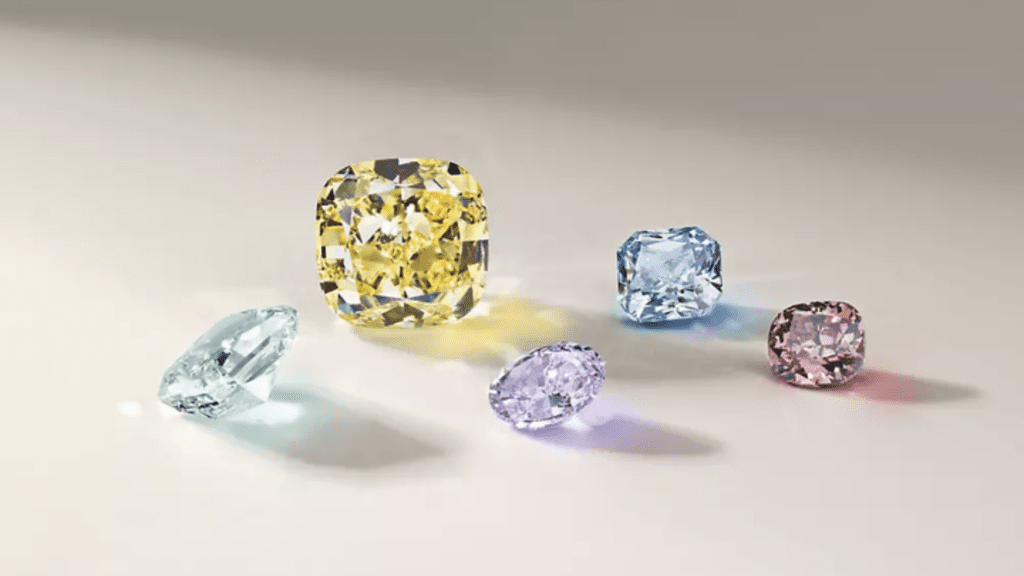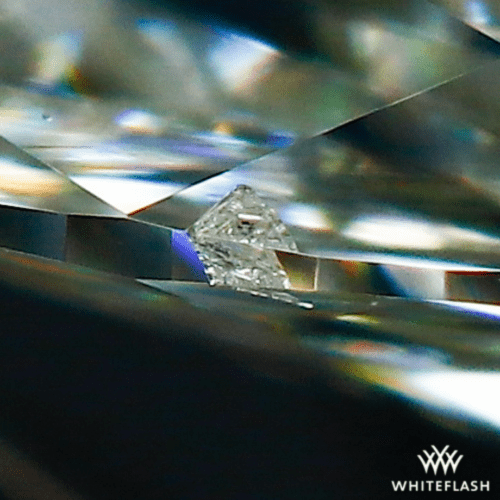Lab-Grown Diamond Prices – June 2025
PriceScope presents the third edition of our monthly Lab-Grown Diamond Price Analysis, offering timely insights into this fast-moving segment of the diamond market. Since introducing lab-grown diamonds to our platform…
















